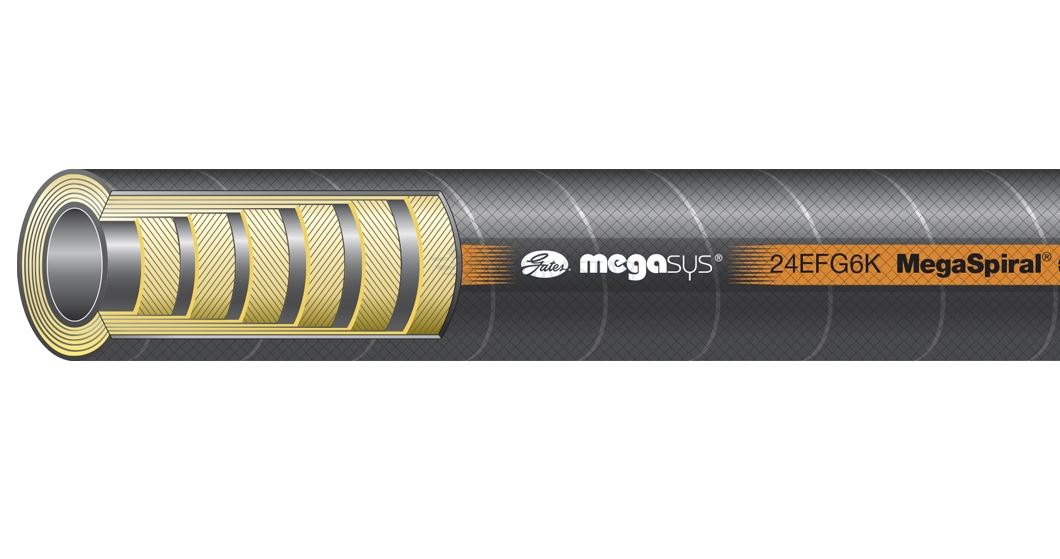Your system is only as durable as your weakest industrial hose. This statement works for any system and equipment that uses hoses. Even though hoses may look the same, they are highly sophisticated and diverse.
Choosing the wrong hose can lead to leaks, breakdowns, and potentially complete system failure. In order to select the right industrial hose, you need to take a careful approach to several parameters.
1. Size
Industrial hoses vary in length and diameter. It’s important to have all the measurements done before you start selecting a hose. If you are replacing a hose, measure the old one (if the hose isn’t too old, you can see the size printed on it). For hydraulic hoses, the Dash Numbers measurement system is used. The Dash size is the hose’s inner diameter measured in sixteenths of an inch.
In order to determine the inner diameter, you have to cut the hose. Measure the length of the hose before cutting. A mistake made with the inner diameter measurement can affect the flow velocity.
2. Temperature
A hose for a hydraulic system needs to handle two temperatures, the hydraulic fluid temperature, and the environmental (ambient) temperature. Once you know the minimum and maximum temperatures of the fluid, you can proceed with selecting a hose.
Hoses used in other systems to transfer fluids, gases, and steams need to be chosen according to the same principles as hoses for hydraulic systems.
3. Application
When choosing a hose it’s important to consider the application.
- Which system will you be using it for?
- What type of equipment is it used with?
- Will it experience mechanical load?
- What type of fittings does it require?
- What environmental factors will affect it?
- Will the system be subject to abrasion?
Different hoses are manufactured for different applications. If you aren’t 100% sure which hose you need, it’s better to ask for a professional opinion.
4. Material
What type of material will the hose convey? Depending on the material type, temperature, and other properties, you can make a decision about the hose. You need to remember that the material the hose is made of must be compatible with the material it conveys. The same is true for covers, hose fittings, O-rings, etc.
5. Pressure
What pressure is the material conveyed through the hose under? Can your hose handle it? Depending on the material, you need to choose the working pressure of the hose. The same applies to the fittings.
Even if the hose can withstand excessive pressure spikes, the fitting may not. That makes the hose only as strong as the fitting.
6. Manufacturer
It’s important to find a respectable manufacturer who can deliver industrial hoses on time. High-quality hoses have longer service times and help avoid unexpected system failures.
At Hydrastar, we offer all types of industrial hoses and couplings, hose protector sleeves, hose spring guards, and much more. We can give you extensive advice about selecting the right hose for your needs.
For more information about our products and services, please download our free e-book How To Minimise Downtime With Pneumatic Plant & Machinery.



